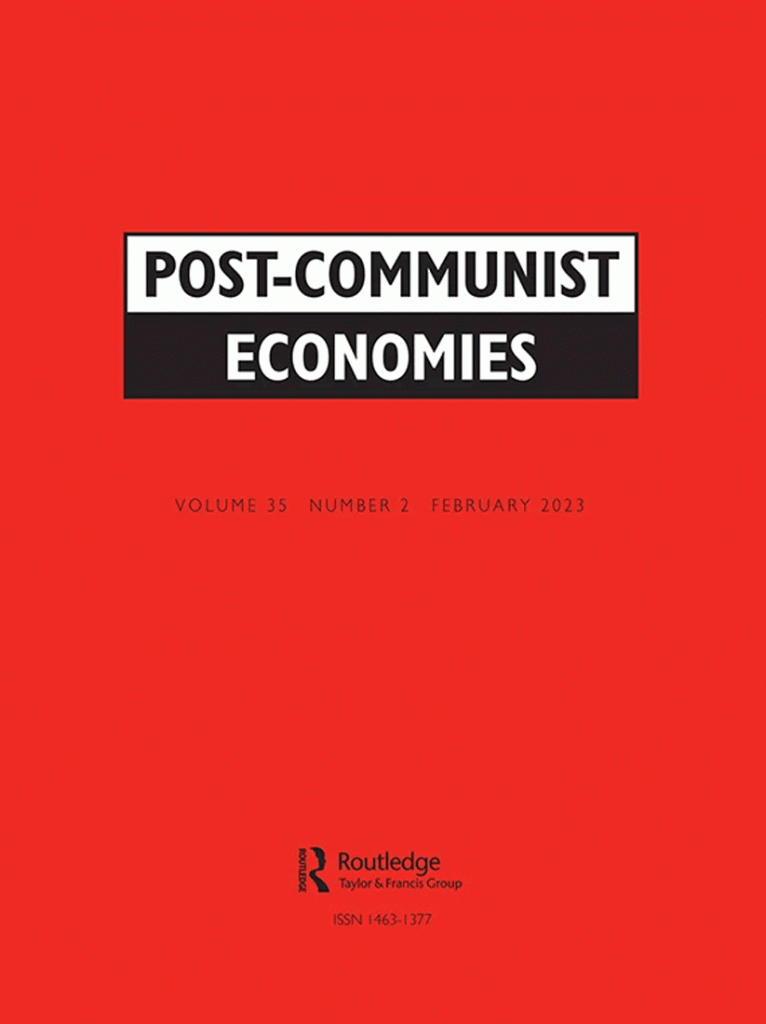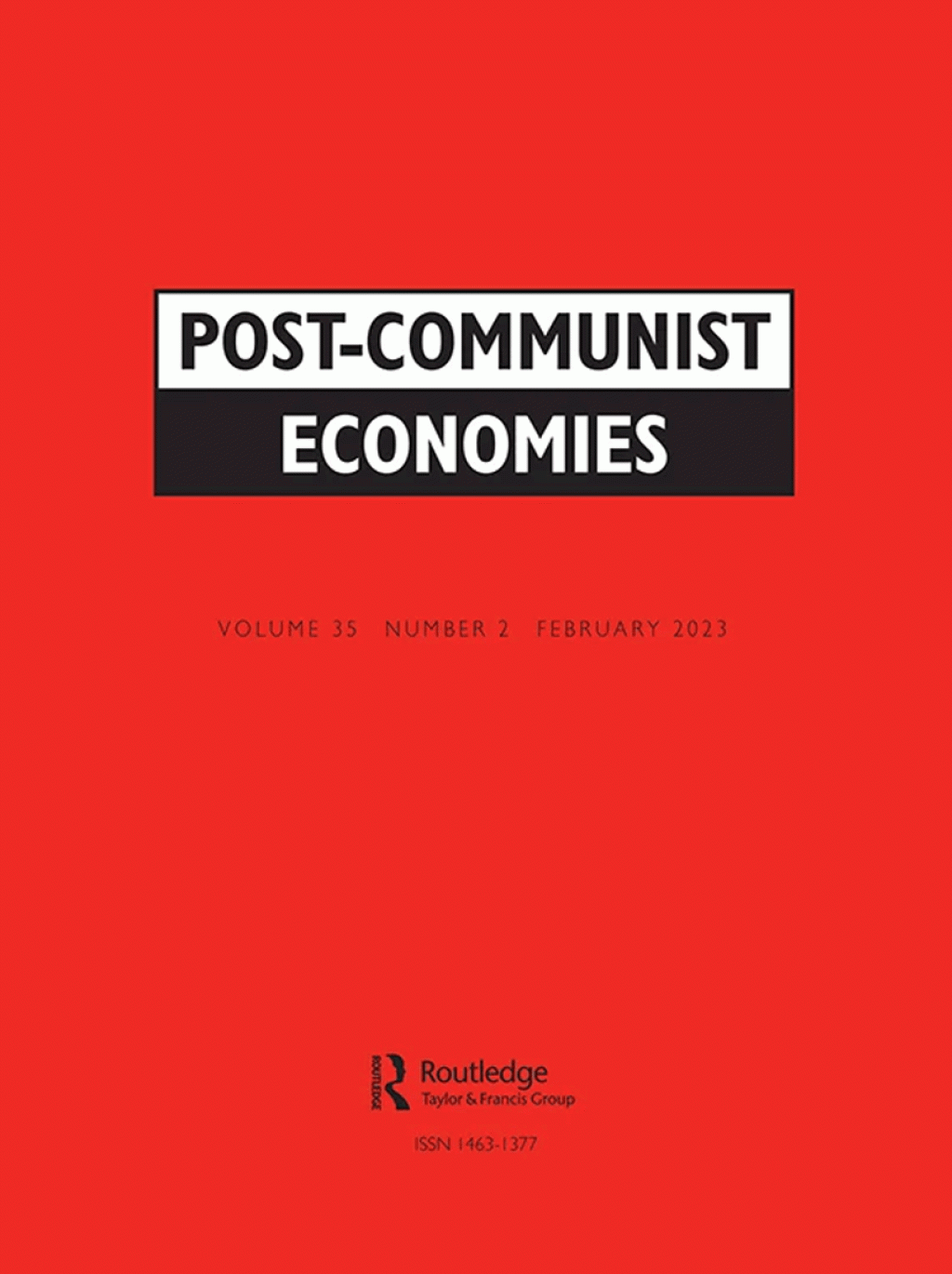Strategic drivers behind the digital transformation of subsidiaries: a longitudinal approach
Authors: Krisztina Demeter, Dávid Losonci, Andrea Szalavetz, Máté Baksa
In: Post-Communist Economies
DOI: https://doi.org/10.1080/14631377.2023.2236864
Abstract
This study explores the strategic drivers of digital transformation (DT) at subsidiaries. Our research framework derives strategic drivers from a tripod model that integrates the resource-based, the institution-based, and the industry-based views. We use two longitudinal case studies at global automotive suppliers’ Hungarian subsidiaries. We found that each view highlights a different set of strategic drivers. DT in the subsidiaries is boosted by proactive local management and mature process improvement routines (dynamic capabilities); parent–pull relation (internal institutions) and state support attracting manufacturing FDI (external institutions); as well as buyers’ increasing expectations and supplier-related factors (industry-based view). By combining these views, we claim that drivers related to the external institutional context and the industrial competition are usually filtered by the global management before contributing to resource adjustments at subsidiaries in a coercive top-down manner. Despite this seemingly deterministic DT process, local managements can actively shape DT, even that of the MNE.




